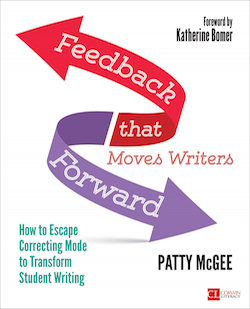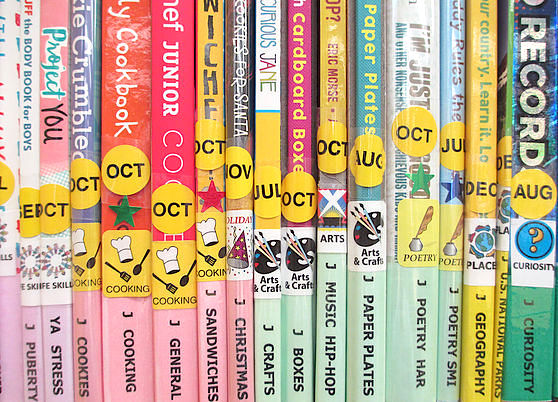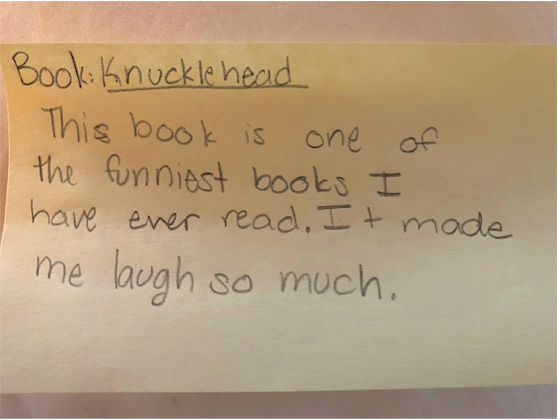Turn Your Class Library into a Cozy ‘Bookstore’

It’s November. You’ve got a feel for your students as readers. And based on all the recent kerfuffle over the unintended consequences of leveled books, this month may be just the time to do some restyling of your classroom library.
We humans sure are fickle, huh? Seems one moment leveled book baskets are the ticket to supporting independent reading, and the next minute they are taking some heat.
Like butter, red wine, and caffeine, leveled texts have come in and out of favor over the years. They have their place in the classroom, but maybe it’s time to rethink their prominence. Let’s explore a few common questions about cultivating a responsive classroom library to help you do some successful rearranging.
What outcomes can a leveled library have?
While the intention of a leveled library is to stack the deck in favor of students finding the so-called “just right” book, a leveled collection can also have the unwanted outcome of limiting a reader to just a small selection of books. So often I hear readers say something along the lines of, “I chose this book because I am a P and I went to the P basket.”
I have many reactions to this statement, especially when it is the only strategy a student can name when picking a book.
First I wonder, are they really choosing a book or has that book been chosen for them? The act of choosing requires comparing, deliberating, reading a bit, and deciding if a particular book works for you. Watch an adult reader in a bookstore, and you see a lot of meandering, back jacket reading, book opening, maybe even wandering from history to fiction. Can a level P basket ever house the necessary range for a reader’s serendipitous discoveries?
Mountains of research highlight the importance of choice. Here’s one compelling citation:
“Students read more, understand more, and are more likely to continue reading when they have the opportunity to choose what they read. In a 2004 meta-analysis, Guthrie and Humenick found that the two most powerful instructional design factors for improving reading motivation and comprehension were (1) student access to many books and (2) personal choice of what to read” (as quoted in Allington, 2012).
What’s more, the most avid readers don’t identify as a letter (I am an R level reader) outside of school. We know what we like and don’t like, we have authors we are drawn to, and we seek out the people who know us well enough to suggest books.
Essentially, the best classroom libraries mimic the reading world outside school so when readers are on their own they are able to find books that work for them.
How would an unleveled library help readers?
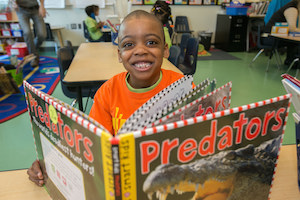
This teaches them a whole lot about picking the next book and the next. Students learn that it’s okay to put it back if it’s just too tough or dull – and also stick with a challenging book that they are deeply invested in.
It guides them through the nuances of book-finding skills that can work for them throughout their lives. Consider this: if a reader has only read books that someone else has chosen for them, their “selection muscle” is weak. This will not serve them well as they continue to read outside of the school setting.
What are alternatives to the leveled library approach?
My favorite is the bookstore-style approach to the classroom library. I was inspired by a nearby public library that decided to outgrow the almost 140-year old Dewey Decimal system and create a library that looked more like the cozy store of a friendly bookseller. The librarians designed color coded categories that were enticing, based on common “looking-for” requests from their patrons.
For example, Body & Soul is highlighted by a lavender sticker and includes beauty, health, religion, philosophy, psychology and self-help. Travel is marked in yellow. Biography & History in red. Home is pink and contains cooking, entertaining, crafts, gardening, decorating and more. To me this is a compelling way to organize a classroom library – because it reflects what our “patrons” are seeking while giving them the space to self-select.
And think about it: a school science lab looks just about the same as a real science lab looks. Why wouldn’t we want to set up our books the way they are arranged in the world?
Perhaps we would highlight collections of books and write brief invitations into those categories. Here are a few examples.
Books from Long Ago and Far Away: Looking to transport yourself back in time or to somewhere unknown? Try this collection! Recommendations for what you can include in this collection include historical fiction, books with settings from across the globe, and time traveling books.
Laugh Out Loud Books: Need a little escape from the everyday? Looking for a book that cracks you up? This is the collection for you. For ideas for this collection, you might check out the British Lollie Awards,: sponsored by Scholastic UK (check for USA availability). Closer to home, browse these lists ranging from tweens to teens: Scholastic USA’s Funny Books for Tweens; Sno-Isle Libraries; BookBub’s Funniest Books for Teens; and lists at Common Sense Media, like Funny Books for Kids (scroll down for 9+) and Funny Misfit Teens.
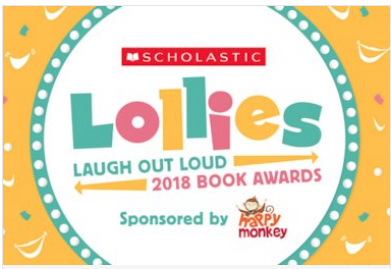
Other groupings might emphasize diversity, foreign lands and cultures, animals and other exciting nonfiction topics. Kids can help! (More on that below.)
What are different ways of approaching the bookstore style classroom library?
One way to keep the library responsive and also fresh to the readers in your classroom is to re-organize the library periodically. This may mean with every new unit or new season you may take a some time to consider what your readers show you they want or need from the library.
For example, if you are moving into a fantasy unit, you may have a section highlighting your fantasy books and categories within that collection (i.e. mythology inspired, magic, jumping between our world and a fantasy world, etc.).
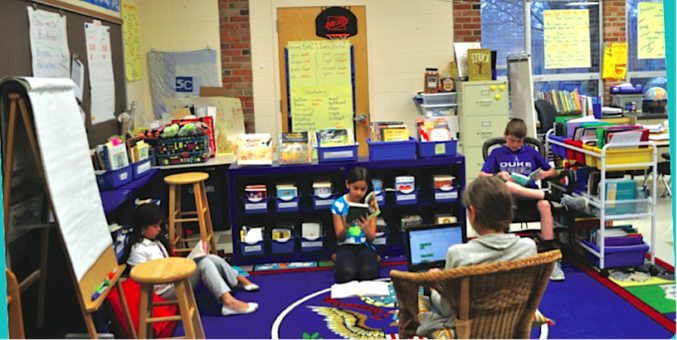
Another way to style the library is to put collection creation in the hands of students. When you give a few guiding pointers and coach them as they redesign the library, readers come up with ideas for different categories and then explore the books one by one, deciding what section each belongs in.
/39055/turn-your-class-library-into-a-cozy-bookstore/
For example, imagine you are moving into a nonfiction unit. Readers might sort out those books for special placement (a helpful experience in and of itself) and then decide on categories within nonfiction. As teachers we are there to support these choices and guide readers as they sift and select.
A helpful strategy is to have their Reading Notebooks nearby so they can simultaneously jot down titles that they may want to read. This sorting and grouping activity has proved to be a community building, reader-focused library experience.
“Dear future reader…”
One final idea for restyling the library is to ask readers to help future readers in their book selections. The small but powerful act of students leaving a note to the next reader serves as an extra layer of book selection support.
However we choose to organize our libraries, one thing we all know for sure – our choices are meant to reflect the readers in our classroom and support a rich, diverse reading experience. Bookstore-styling may just be the answer for the readers you work with.
_________________________
